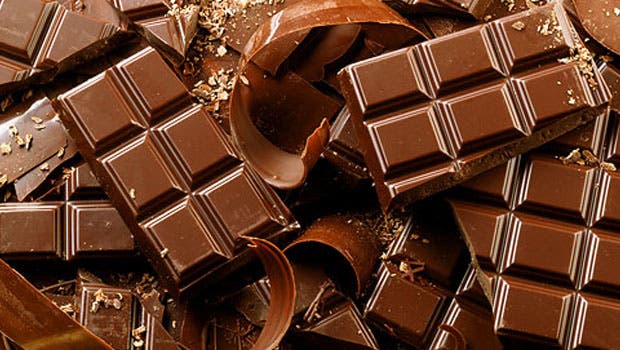Scientists have found that cocoa flavanols, substances found in chocolate, and to a lesser extent in blueberries, red wine, parsley and black tea have a positive impact on the memory of elders.

Flavonoids are a class of plant secondary metabolites. Flavonoids were referred to as Vitamin P until 1950, but the term fell out of favor. Though there is ongoing research into the potential health benefits of individual flavonoids, neither the Food and Drug Administration (FDA) nor the European Food Safety Authority (EFSA) has approved any flavonoids as pharmaceutical drugs. However, this new study shows definite promise in that field.
Researchers have shown that flavonoids have a positive impact on the memory formation ability of seniors. They do this probably by improving the activity of the hippocampus. The hippocampus is a major component of the brains of humans and other vertebrates. Humans and other mammals have two hippocampi, one in each side of the brain. The area plays a key role in making new memories – as experiments have shown in the 1950s, people without the hippocampus can’t form new memories.
The thing is, just how a country can be divided into states or other areas, the hippocampus can also be divided into “geographical” areas. Some areas are particularly prone to degradation in old age – when Alzheimer’s becomes a distinct possibility; one of these areas is the dentate gyrus (or DG). It shows the most consistent changes as we age. Inspired by a study done on mice, Adam Brickman and his colleagues in Scott Small’s lab at Columbia University decided to pursue the question of whether adding cocoa flavanols to the diet of adults aged 50-69 could improve DG functionality.

They split participants into 2 groups – one which was given 900 mg of cocoa flavanols per day, whereas others took only 45 mg per day. After three months, they put the groups take the same test, designe specifically to assess DG functionality.
The results were pretty clear. The group who was consuming more cocoa flavanols performed considerably better on the test – with reaction times that were almost a full second quicker than adults in the low-flavanol group. Furthermore, subjects within the high-flavanol showed higher cerebral blood volumes in the DG, which also indicates an increased activity in the area of the brain. Big increases in blood supply meant big decreases in reaction time.
It’s not yet clear if the effect is strong enough to justify the development of a new drug based on flavanols – but in the meantime, it’s pretty clear: chocolate is your friend.
Reference: Enhancing dentate gyrus function with dietary flavanols improves cognition in older adults (2014) Adam M Brickman, Usman A Khan, Frank A Provenzano, Lok-Kin Yeung, Wendy Suzuki, Hagen Schroeter, Melanie Wall, Richard P Sloan & Scott A Small. Nature Neuroscience, 17 1798-1803.


